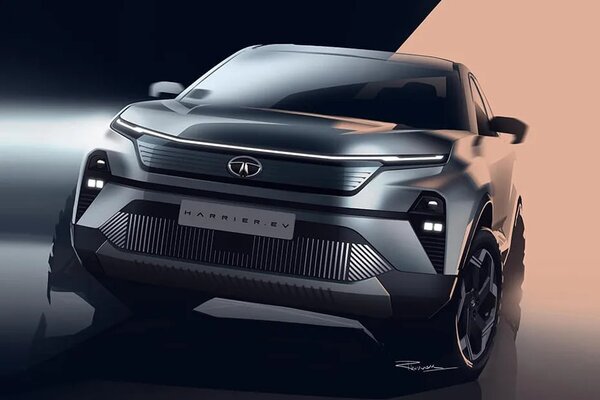One year since pandemic, are e-cycles a hit with urban India's elite?


It has been nearly a year since India declared its first nationwide lockdown to tackle the Covid-19 pandemic. The lockdown forced the entire country into homes with offices and public spaces shutting down with the objective of reducing person-to-person transmission. And while the jury is still out on whether the strategy worked, what being cooped up at homes did mean is a lack of physical exercise and gyms, fitness centers and even parks shut down. As such, cycles soon emerged as a a viable option to get some physical exercise and with its rise also came the prevalence of battery-powered cycles.
Also check these Vehicles
Battery-powered cycles, or e-cycles, are mostly conventional cycles but with the added advantage of a battery pack to propel it forward. Whether a quick trip to the local grocery store or a leisurely ride further away, e-cycles have become more common in several Indian cities than they ever were in pre-pandemic days. The question though is are they a real hit those who can afford these?
Here are five factors one must consider before deciding on whether to bring an e-cycle home:
Price:
e-cycles, quite obviously, tend to be more expensive than conventional cycles. Yes, regular cycles can cost anywhere between several thousands to several lakhs but for most parts, a decent cycle with gears would come with a price tag between ₹15,000 and ₹20,000. An e-cycle usually has a price sticker upwards of ₹25,000. What one gets in return for the extra amount paid is an electric motor and the ability to coast through battery power alone.
Exercise:


How much exercise one can get from riding an e-cycle almost completely depends on the riding style. All e-cycles offer the owner the option of using the pedals alone. Needless to say, this is the best way to get maximum physical benefits.
For many though, the option of switching to battery power may be tempting - either right at the start or during the cycling trip. While there is no option but to use muscle power in a conventional cycle, the ability to turn on the electric motor in an e-cycle can be both a boon and a bane.
Convenience:


If one decides to use an e-cycle as a personal mobility option, it does offer a whole lot more benefit than a conventional cycle. The Meraki from Ninety One, for instance, has a range of up to 35 kilometres and can be a viable option for daily commutes within city confines. Yes, Indian cities aren't exactly kind to cyclists and the weather in most places can be rather oppressive. At around 25 kmph as top speed, e-cycles also won't take you anywhere as quickly as a bike or car and storage options are limited. But e-cycles are almost as great for the environment as a conventional cycle and there is no need to spend extra hours searching for a parking spot.
Charging:
e-cycles can be charged using regular 12V points found commonly at homes or in office spaces. There is usually no need for converter pins or extra accessories and these cycles usually take around three hours to power back to full. Most manufacturers also offer warranty on the battery pack, apart from warranty on the cycle frame itself.
Conclusion:
Sales of cycles have soared in past months and e-cycles have been faring well as well. It is, however, important to decide why one would want to purchase a cycle or an e-cycle and what purpose it would serve for the owner.
The electric battery adds to the options for a rider who may choose to pedal further than usual without worrying about the trip back home because it can be powered electrically. For those seeking to become more physically active, an e-cycle's benefit would be depend on how much a rider engages the battery. For city commutes, an e-cycle would be great but mostly when the weather is kind and assuming safety precautions like sticking to lanes and wearing safety helmets are sorted.








 64kWh
64kWh 350 km
350 km















